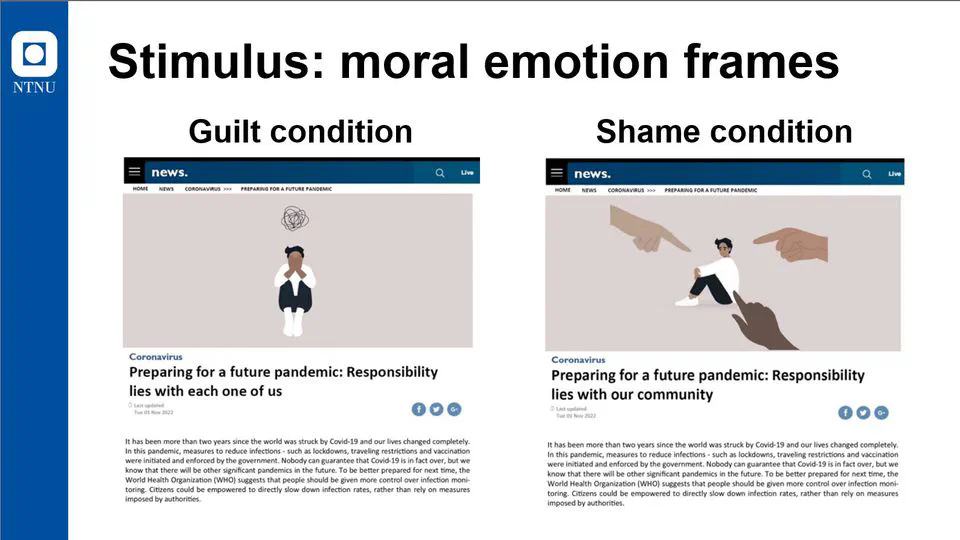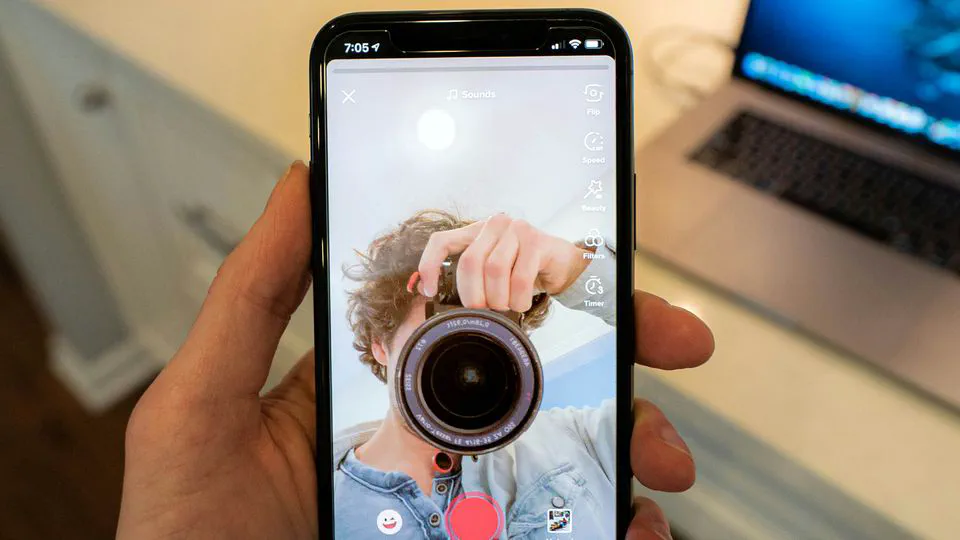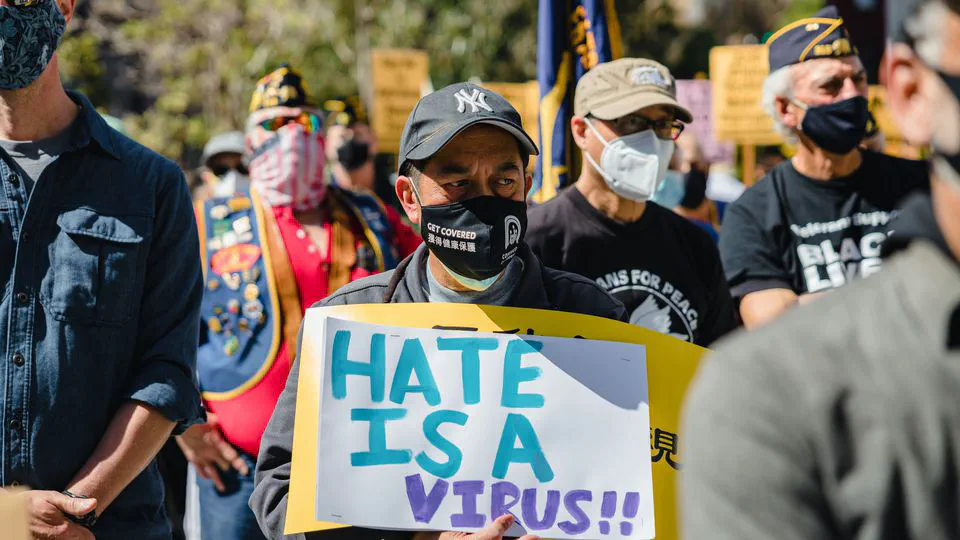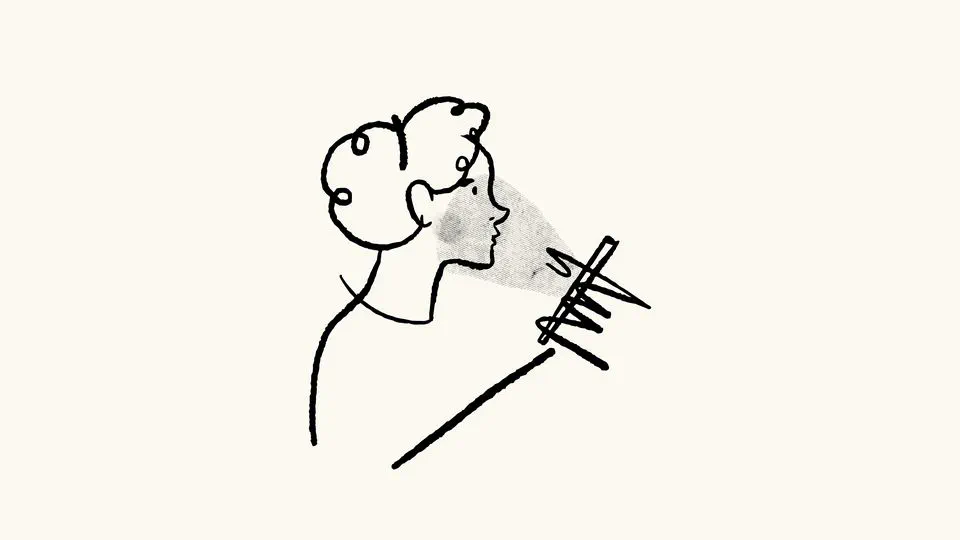Postdoctoral Fellow
About Me
I am a Postdoctoral Fellow in the Politics, Identity and Communication Lab (PICL). My research examines how identity, social media platforms, and political communication impact political engagement. Specifically, I investigate how social media platforms privilege certain identities in contemporary political debates, developing methodological frameworks to analyze identity markers in multimodal content using computational social science techniques. My current work focuses on identifying user strategies for self-presentation on TikTok. I study how group identities—such as political identity, nationality, and gender—become visible through societal symbols and values, examining how these elements shape public interpretation of current issues.
Before joining Annenberg, I worked as a Political Communication researcher with the Department of Sociology and Political Science at the Norwegian University of Science and Technology (NTNU). In my PhD work, I focused on developing a theory of cultural resonance that fits within the framing theory universe. Cultural resonance pertains to understanding how individuals react to political and media communication within the context of shared cultural knowledge. I employed a social psychological understanding of values, and a word embedding based methodology, to ask questions related to how political and media value-based references resonate with audiences.
- Digital identities
- Symbolic and value-based politics
- Political & media communication
- Social media
- Semiotics
- Computational methods
PhD Political Science
Norwegian University of Science and Technology
M.Sc. Communication Science
University of Amsterdam
B.A. Sociology and Communication Science
Ludwig-Maximilian University Munich (LMU)
NLP, unsupervised and supervised ML
multilevel data analysis, data wrangling & visualization
georeferencing historical maps
facilitate qualitative analysis
classification tasks for text analysis, sentiment analysis, topic modeling
multilevel models, negative binomial regression
(linguistic) discourse analysis, grounded theory
(expert) interviews, focus groups




